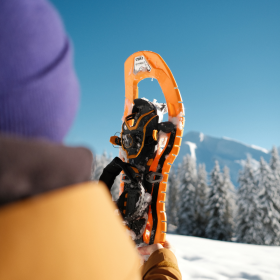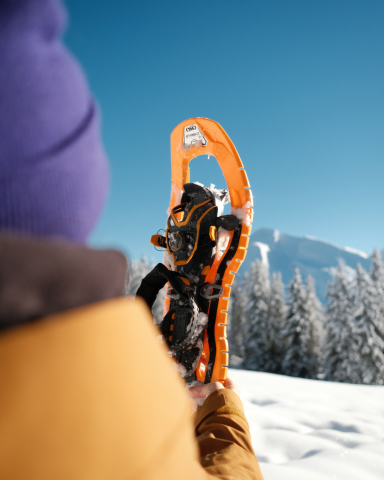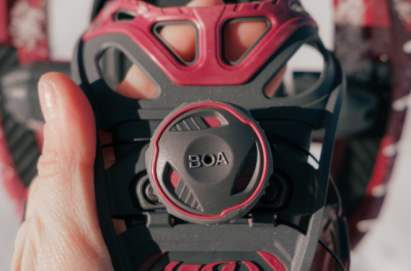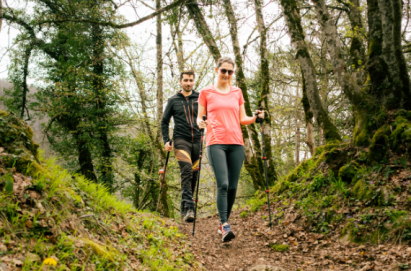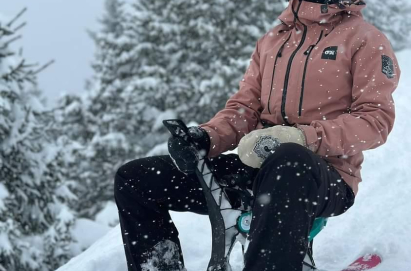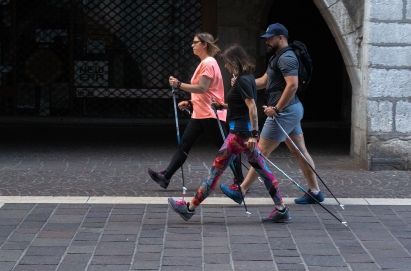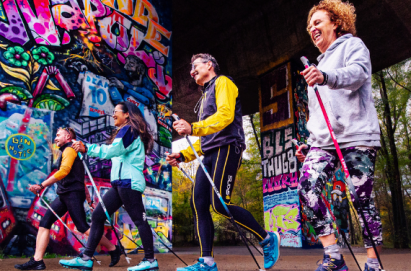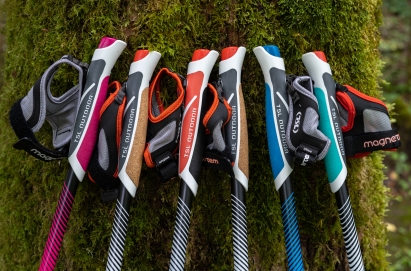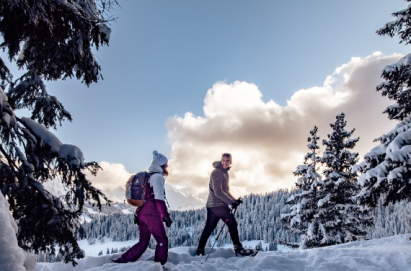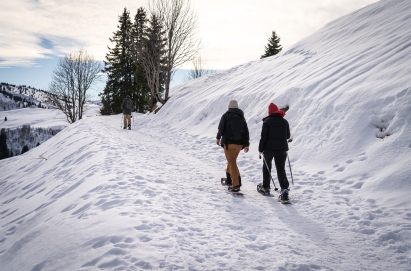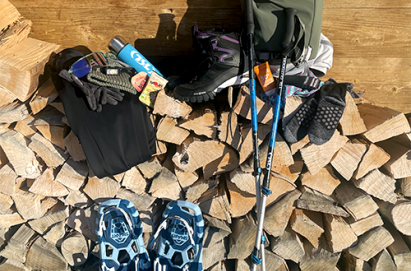
How To Keep Feet, Hands and Head Warm When Snowshoeing
Winter is a season like any other, ushering many avid hikers and outdoor enthusiasts to gear up for their next snowy adventure. Despite the cold nipping at the air and frosty, long, and sprawling landscapes, one challenge remains paramount: keeping your feet warm. A crispy cold environment can quickly snap a journey through winter wonderlands into a struggle against the chill, making it essential to know how to keep your feet (and especially your body) warm when snowshoeing.
Whether it be snowy peaks or exploring an icy trail, keeping warm feet, hands, and head during cold weather is not just about comfort—it's a necessity. In this guide, we'll share the best tips and practices you need to help keep your body warm, so you can fully embrace the joys of snowshoeing in winter without any discomfort in snowshoes.
From the proper foot gear to strategic layering, we’ve got the basics covered to make sure that every step in the snow is an invigorating and pleasurable moment to soak in.
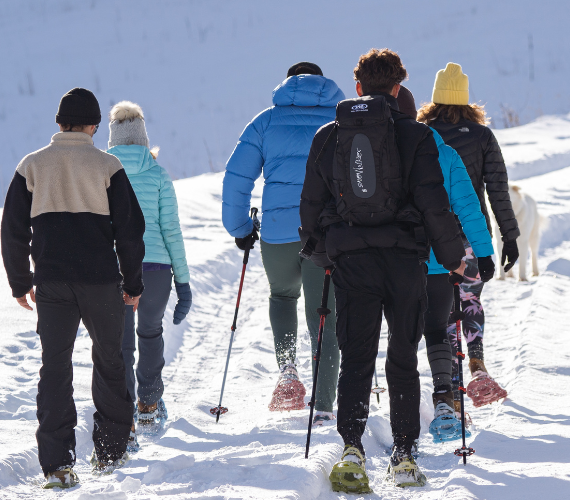
Understanding the Risks of Cold Feet, Hands, and Head
Embarking on a snowshoeing adventure brings a sense of exhilaration that's as crisp as the winter air itself. However, it's vital to acknowledge the risks of cold feet, hands, and head that come with the territory. When your toes and hands are exposed to low temperatures for prolonged periods, you're not just facing discomfort; you're up against potential health risks such as frostbite and hypothermia—conditions that can have serious consequences.
Being aware of these risks is the first step in preparing for your journey. Ensuring that you have the right gear and knowledge to keep your feet, hands, and head warm can transform your winter hikes from a chilly endeavor to a delightful and safe experience.
Let's dive into how you can safeguard your extremities against the biting cold, ensuring your focus remains on the enchanting snowy vistas and not on cold feet.
Choosing the Right Boots for Snowshoeing Warmth
When you ask yourself the question, how to keep my feet warm while snowshoeing, wearing the right winter boots is not just about foot comfort; it is the cornerstone of your overall body warmth. Just like choosing the right gear to keep your head warm, a pair of well-chosen boots can make the difference between a brisk, enjoyable trek and a challenging, cold excursion.
Boot Features That Enhance Warmth
Here’s what to look for in boots that will support your body's thermal regulation:
- Waterproof Exterior: A waterproof outer layer is crucial for keeping moisture out and warmth in.
- Insulated Lining: Boots with built-in insulation support your body's natural heat retention, contributing to overall warmth.
- Fit and Comfort: Properly fitting boots promote good circulation, which is essential for distributing body heat.
- Choose boots that can interface well with gaiters or other TSL Outdoor gear to create a seamless barrier against the cold.
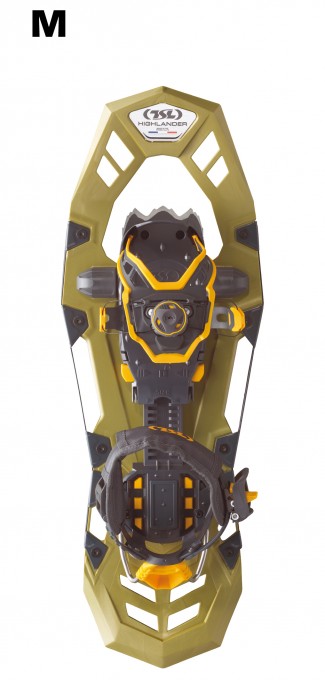
HIGHLANDER ADJUST

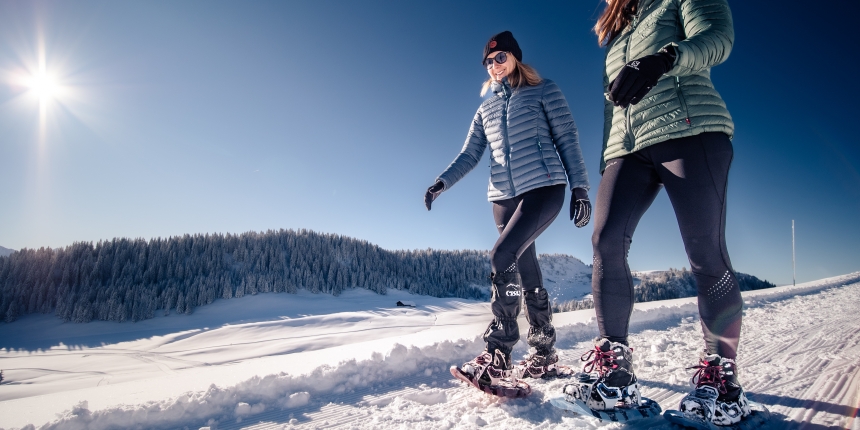
Layering: A Key Strategy for Overall Warmth
Proper layering is crucial for retaining heat and staying warm during snowshoeing, and it applies not just to your feet but also to your hands and head. Understanding how to effectively layer can help maintain a comfortable body temperature from head to toe.
Comprehensive Layering Tips
Effective strategies for full-body warmth with layers:
- Feet: Choose snowshoes with built-in gaiters and insulation to keep snow out and warmth in.
- ADDITIONAL TIP: Cotton socks or even wool socks will suffice, but make sure that your thick socks are not too snug or tight inside your boots in order to avoid lack of circulation and the development of blisters. Inserting toe warmers is another way to ensure optimal warmth.
- Hands: Wear gloves or mittens that are waterproof and insulated. Consider layering a thin liner under a heavier glove for added warmth.
- Head: Since a significant amount of body heat can be lost through the head, wear a hat or balaclava designed for winter conditions.
By layering effectively and paying attention to all exposed areas, you can ensure that your snowshoeing experience is enjoyable and warm, no matter how low the temperatures drop.
Start Warm to Ensure Full-Body Warmth
Embarking on your snowshoeing adventure with a pre-warmed body can greatly enhance your comfort and endurance in the cold. The principle of 'starting warm to stay warm' applies to your entire body, not just your feet.
Effective Pre-Warming Strategies
Before stepping out into the cold, take these steps to raise your body temperature:
- Dress in a warm indoor environment to allow your clothing to gather heat.
- Use heat packs in gloves or boots and consider a warm hat to retain critical heat in your extremities.
- Perform light exercises to get the blood flowing to your hands and feet, which will help to maintain your core body temperature and keep you warmer longer.
Maintaining Warmth
Once you're out in the snow, keep the warmth sealed in:
- Ensure your head and ears are covered with insulated hats or headbands from TSL Outdoor's range, as they are essential in retaining overall body heat.
- Choose gloves with sufficient insulation and waterproofing to keep hands warm and functional, essential for managing your gear.
Starting off warm gives you a significant advantage against the cold and the wet properties of snow. If you find methods to pre-heat your body and put on the right gear, you can enjoy extended periods outdoors without the discomfort of the cold impeding your snowshoeing experience.
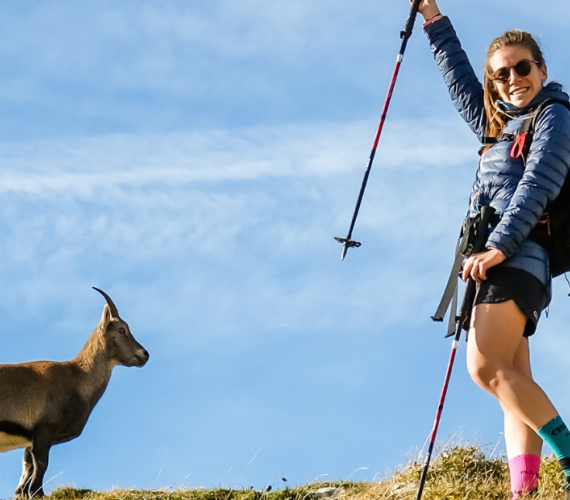
Prioritizing Your Core to Keep Extremities Warm
While it may seem counterintuitive, the secret to warm feet actually starts with your core. Keeping your core temperature regulated ensures that blood stays warm as it circulates to your extremities, including your feet.
Layer Up
Adopt a layered approach to your upper body attire:
- Begin with a thermal base layer that sits snug against the skin to trap body heat and wick away moisture.
- Add an insulating mid-layer, such as fleece or down, that can be easily adjusted as your activity level changes.
- Top it off with a waterproof and windproof shell that shields you from the elements.
Upgrade Your Insoles for Additional Warmth
An often-overlooked aspect of keeping your feet warm during snowshoeing is the choice of insoles in your boots. The right insoles can play a crucial role in insulation and reducing heat loss through the soles.
- Opt for thicker, insulated insoles that provide a barrier between your feet and the cold ground.
- Consider materials that are known for their insulating properties, like wool or thermal foam.
Maintain Core Warmth
Here are some additional tips to keep your core warm:
- During breaks, add an extra layer or insulated jacket to maintain body heat when you're less active.
- Try to consume warm beverages and high-energy foods that help maintain a high metabolic rate, which in turn keeps your body and feet warm.
Remember, a warm core means warm feet, so don't underestimate the power of a well-insulated torso when venturing out into the cold on your snowshoes.
Our Additional Tips for How to Keep Your Feet Warm
- Wear Gaiters: Gaiters provide an extra barrier against snow and moisture, keeping your feet dry.
- Keep Moving: Continuous movement helps maintain blood flow circulation and body heat, preventing your feet from getting cold.
Braving the winter hiking in snowshoes is an exhilarating experience, but it demands even better attention to detail when it comes to keeping your feet (and body) warm. From selecting the right boots, pair of socks, and gloves to understanding the importance of your core temperature, each aspect plays a crucial role in your comfort and safety.
Remember, the key to a memorable snowshoeing day adventure lies not only in the beauty of the snowy trails but also in the steps you take to ensure your feet are well-protected against the cold. Embrace these tips, and you’re set to enjoy every moment of your winter journey with warm and happy feet and hands.
Curious to know how TSL Outdoor can give you the best winter experience with its selection of snow gear? Make sure you stay warm and dry with our selection of gaiters, and the latest models of snowshoes for men, women, and children.
Shop with us now and go embark on your winter journey today.
